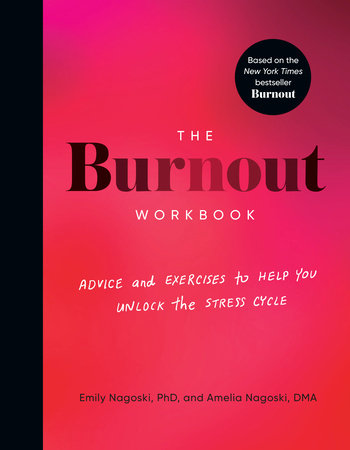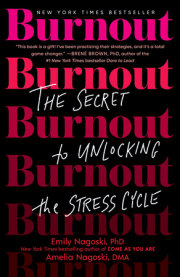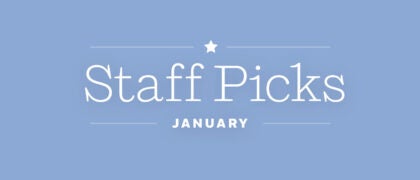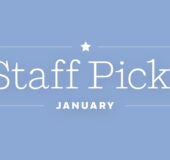IntroductionWelcome! The fact that you’re reading this probably means you have hope that you can feel better, even if you’re feeling overwhelmed and exhausted. And you’re right! You
can feel better.
This workbook will show you how. This workbook grew out of
Burnout: The Secret to Unlocking the Stress Cycle, our bestselling book about stress, which surveys the ways women exprience being overwhelmed, complete with all the receipts—stories, cultural context, and academic citations from many sciences that detail the problem—so the solutions make sense. The book explains both
how to feel better and
why these strategies work when so much mainstream advice for managing stress fails. It was the book Amelia needed when burnout put her in the hospital twice. Since the book came out, we’ve learned that lots of readers are looking for help
right now—they just need results ASAP, and the receipts are optional.
Some of the exercises in this workbook will help you right away, some will become strategies you’ll use in moments of stress, and some may require practice and time before you start to see how helpful they are. If a certain exercise doesn’t seem to click for you, don’t worry. That’s normal. Not everything will work for everyone. But everyone will find something that helps.
You’re Striving to Find Peace. Will This Workbook Give You That? A lot of folks we’ve talked to have the goal of reaching a state of peace and staying there. But the body is not built to be only at peace. We’re built to oscillate from peace to stress, then return to peace, and back again.
The goal of this workbook is
wellness.
Wellness is not a state of mind or a state of being. Wellness is a state of action. It’s the freedom to move through all cycles of being human: from effort to rest and back, from autonomy to connection and back, from sleeping to waking, from eating to digesting, from inhaling to exhaling, etc. Burnout happens when we get stuck. These pages will help you notice when you get stuck and show you what you can do to get unstuck.
How to Use This Workbook . . . Ruin it! Write all over it. Tear things out and stuff them in your planner. Use pens and highlighters, crayons and markers. Circle stuff. Dog-ear pages. Shove it in your bag, carry it everywhere, beat it to hell. The more you interact with it and make it your own, the more you’ll learn. Think of this workbook like a lime. You want to use every part—the juice, the zest, and the peel. When you’re done, what’s left should be a pile of nearly unrecognizable mess. If in the end it still looks like a lime, you haven’t squeezed out everything that it has to offer.
Go in order . . . ish. The book is designed to be read from beginning to end. Exercises and information are cumulative, so they will be most effective if you do them in order. That said, if there’s something you know you need help with right now (for example, sleep), go ahead and skip straight to that topic. The exercises will still work independently.
Practice nonjudgment. There’s an appendix with detailed instructions on mindful nonjudgment, but the short version is this:
Nonjudgment just means noticing that your brain has flooded your attention with thoughts about how good or bad a thing is, which may not always be relevant, and can be distracting. Set aside thoughts of liking or disliking, and keep your attention on the task at hand.
Don’t do anything you don’t want to do. There are a wide variety of exercises that use as many senses and ways of thinking as we could manage. In general, if you find an exercise that works for you, great! It’s most effective to focus on the ones that use your strengths. And if there’s something that doesn’t work, also great! It’s useful to know what doesn’t help. If you’re avoiding something because it brings up difficult feelings, we strongly encourage you to find a friend or therapist to work with you.
Spend time on things, but not too much. Assess how much time you’re comfortable spending on each exercise. Some will be quick and easy for you, others you may want to spend more time reflecting on. We’ve provided durations as broad suggestions—if you find yourself spending way less time on an exercise than is suggested, you may not be getting as much out of it as you could. Or if you’re spending way more time on an exercise than is suggested, you might want to move on to something else, then come back to it later. They really are just suggestions; no one is watching or timing you. They’re meant to give you an idea of what we intended, so you can benefit as much as possible from the work you do.
Copyright © 2023 by Amelia Nagoski, DMA, and Emily Nagoski, PhD. All rights reserved. No part of this excerpt may be reproduced or reprinted without permission in writing from the publisher.














